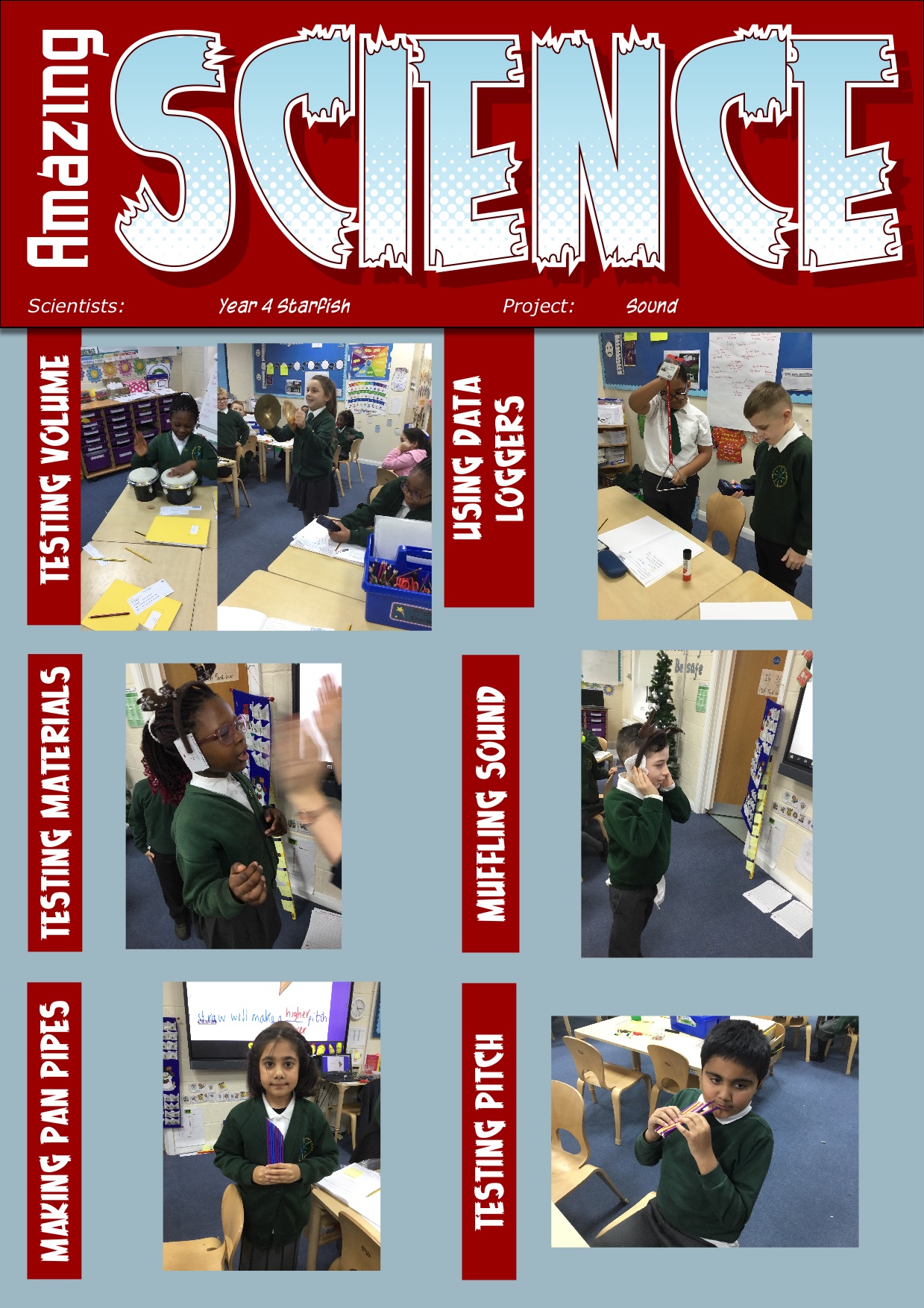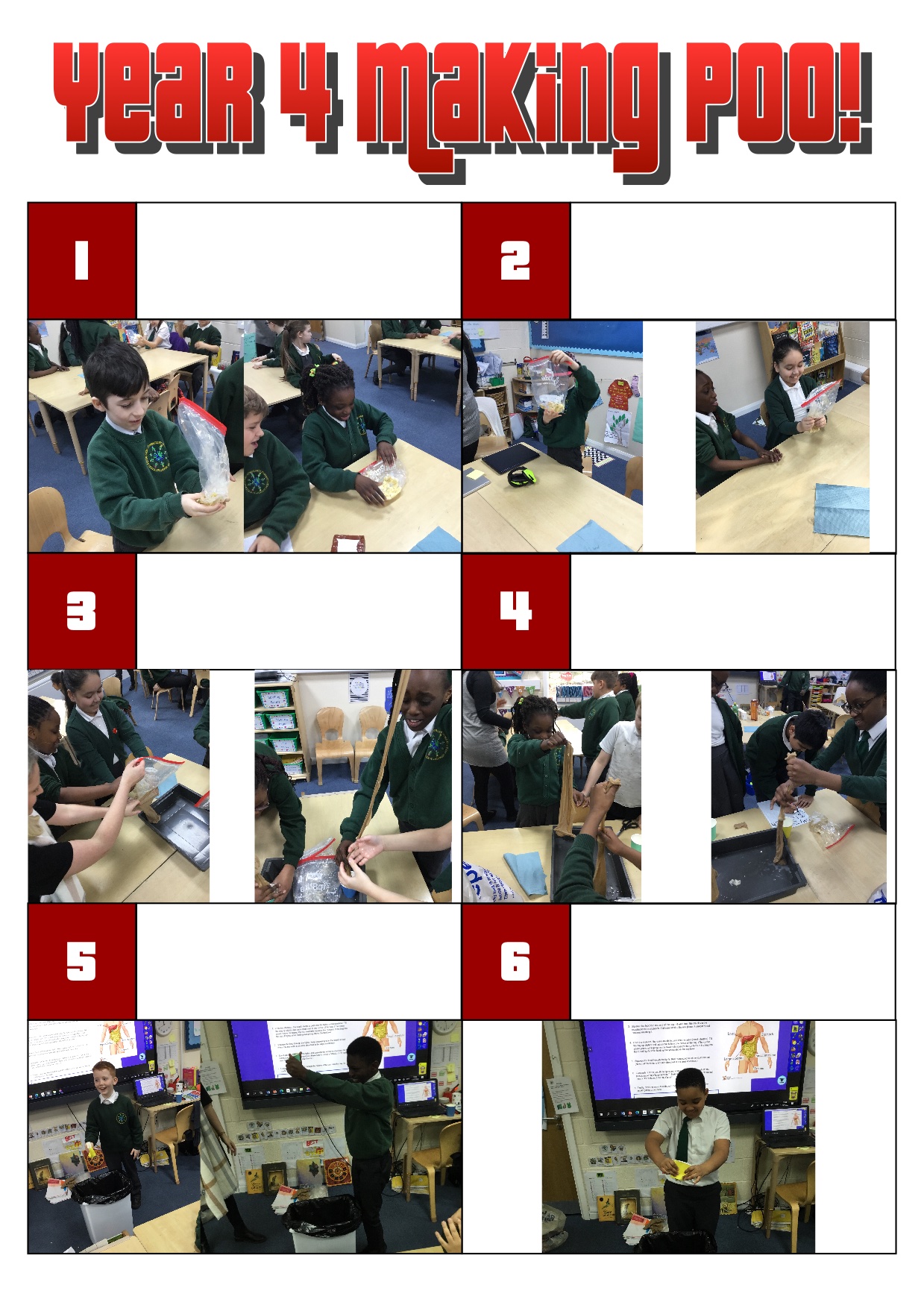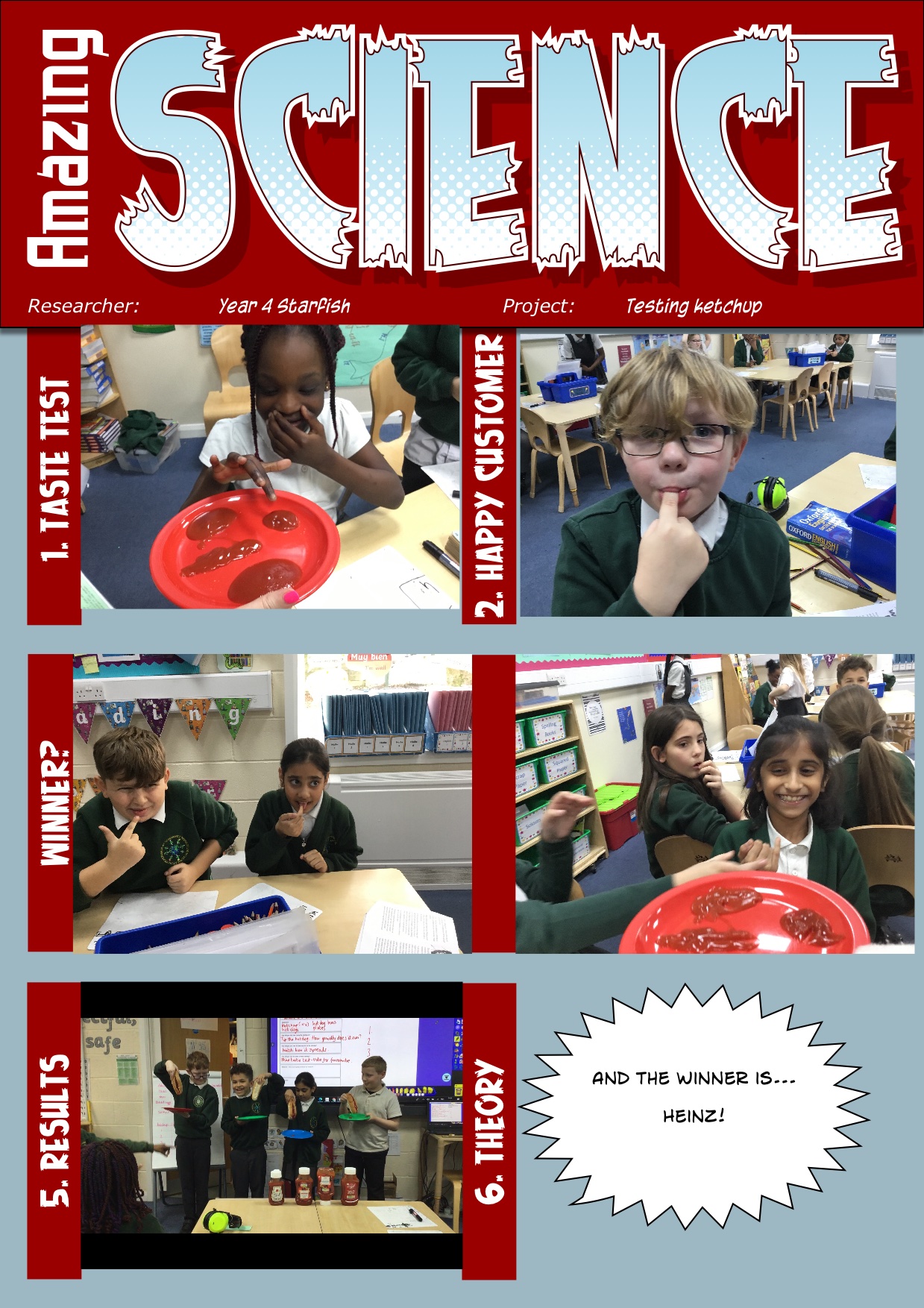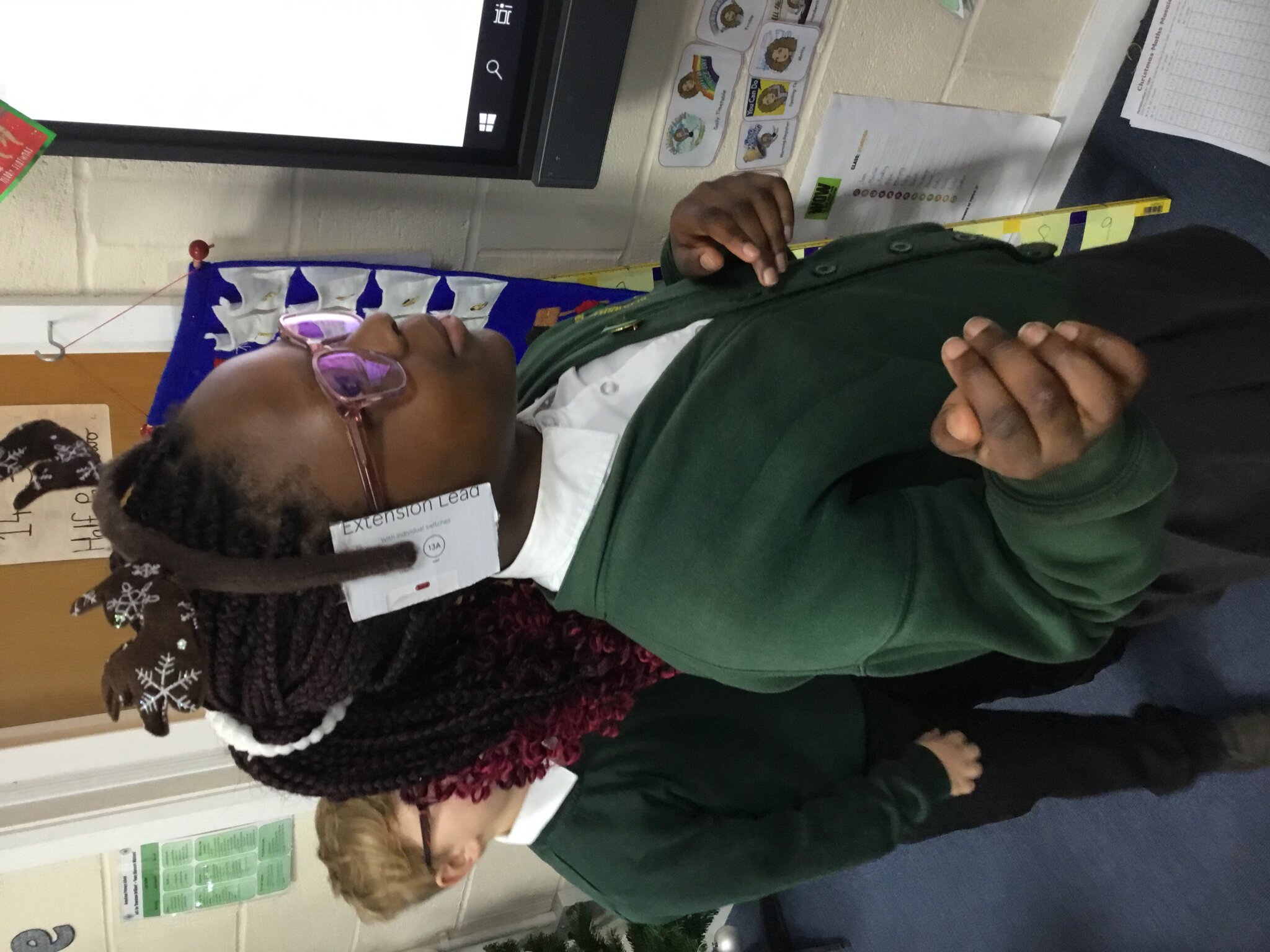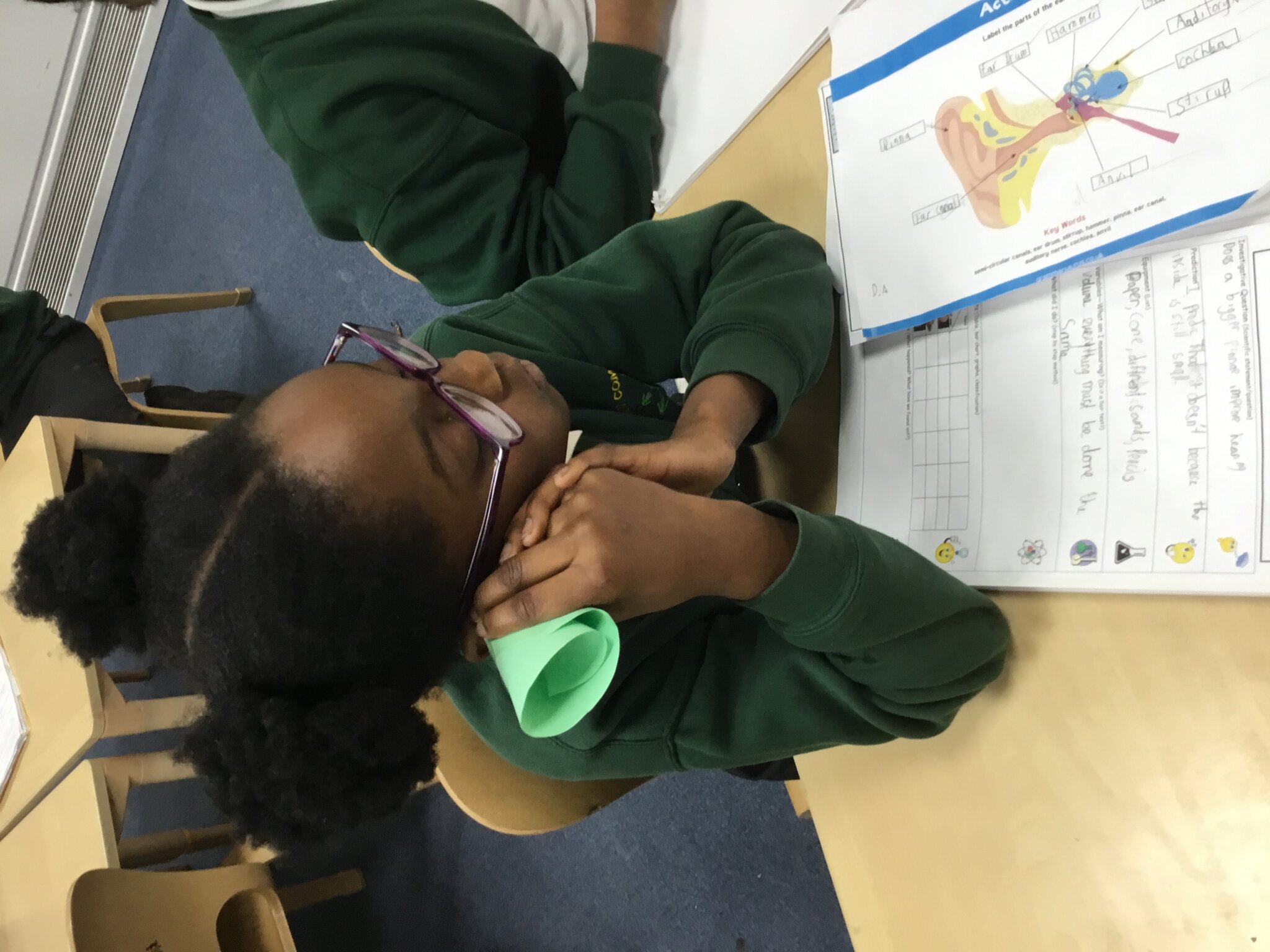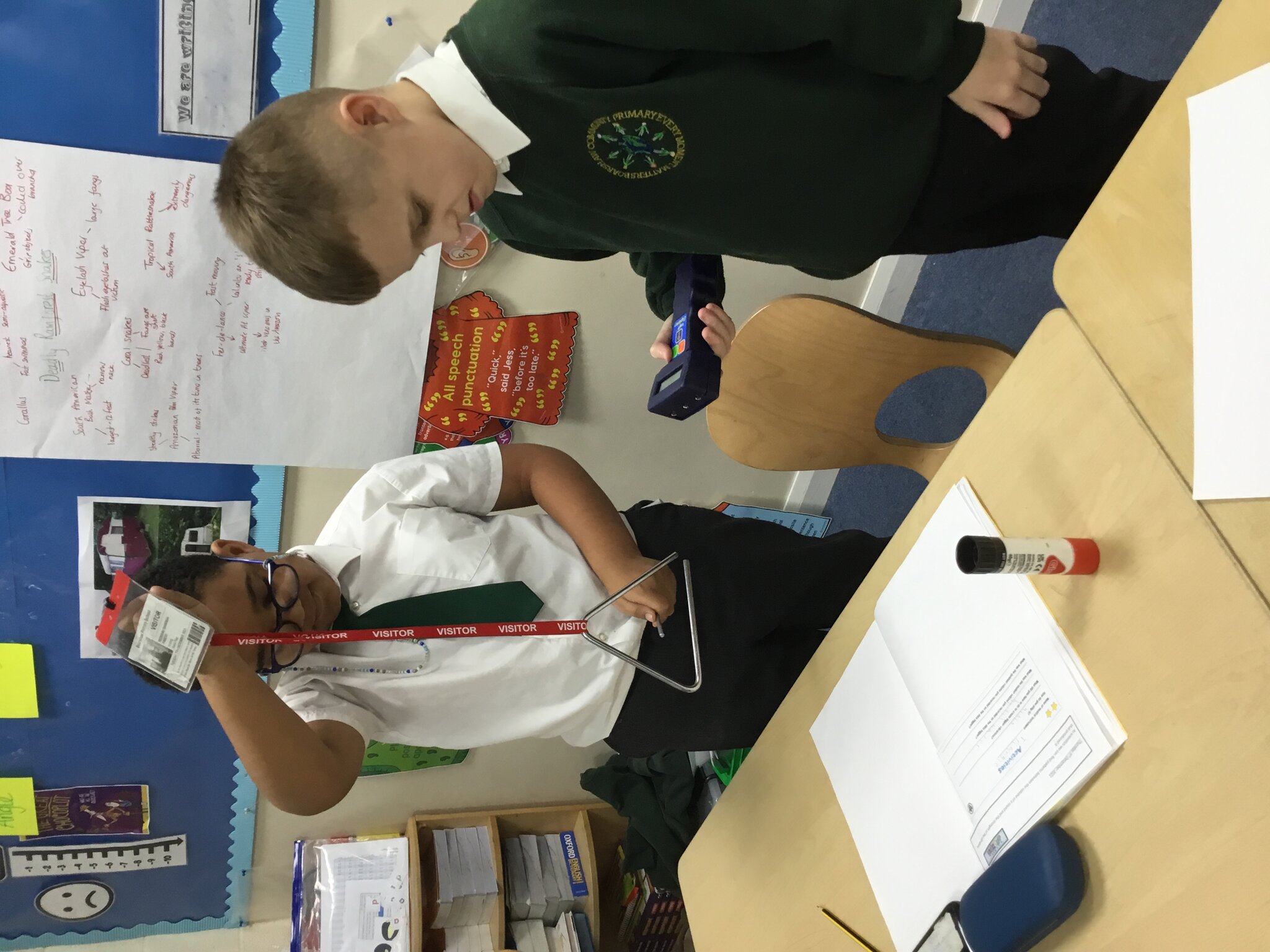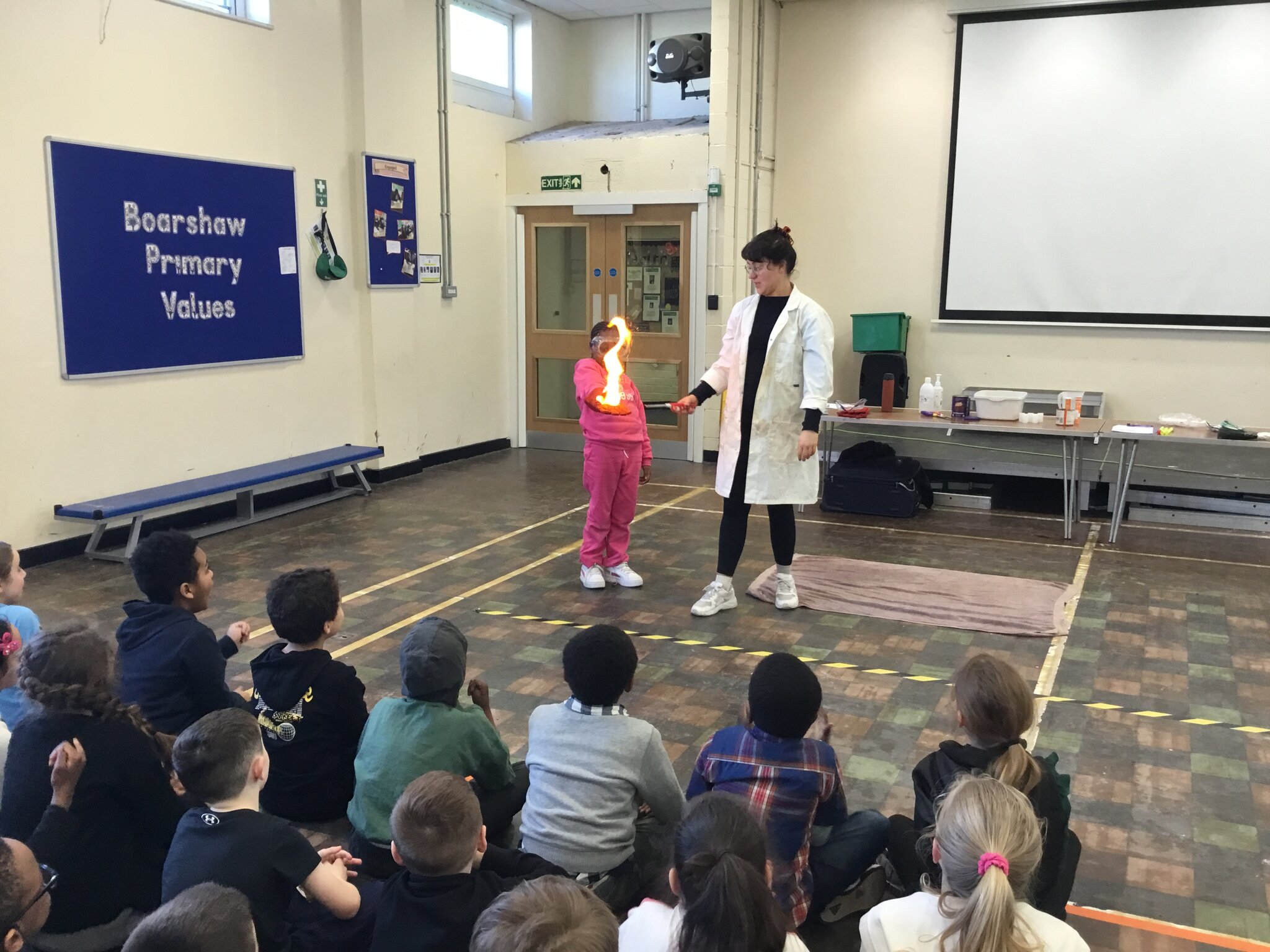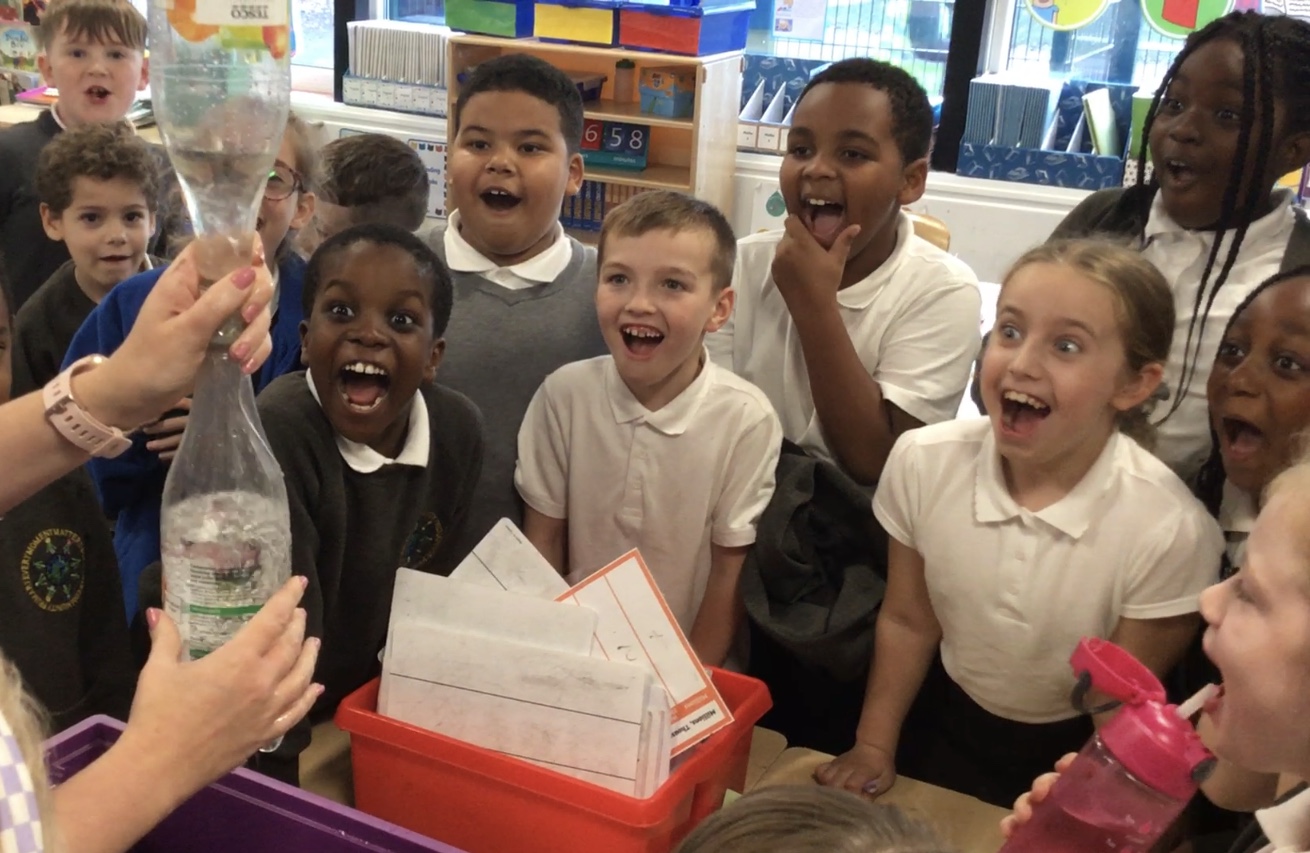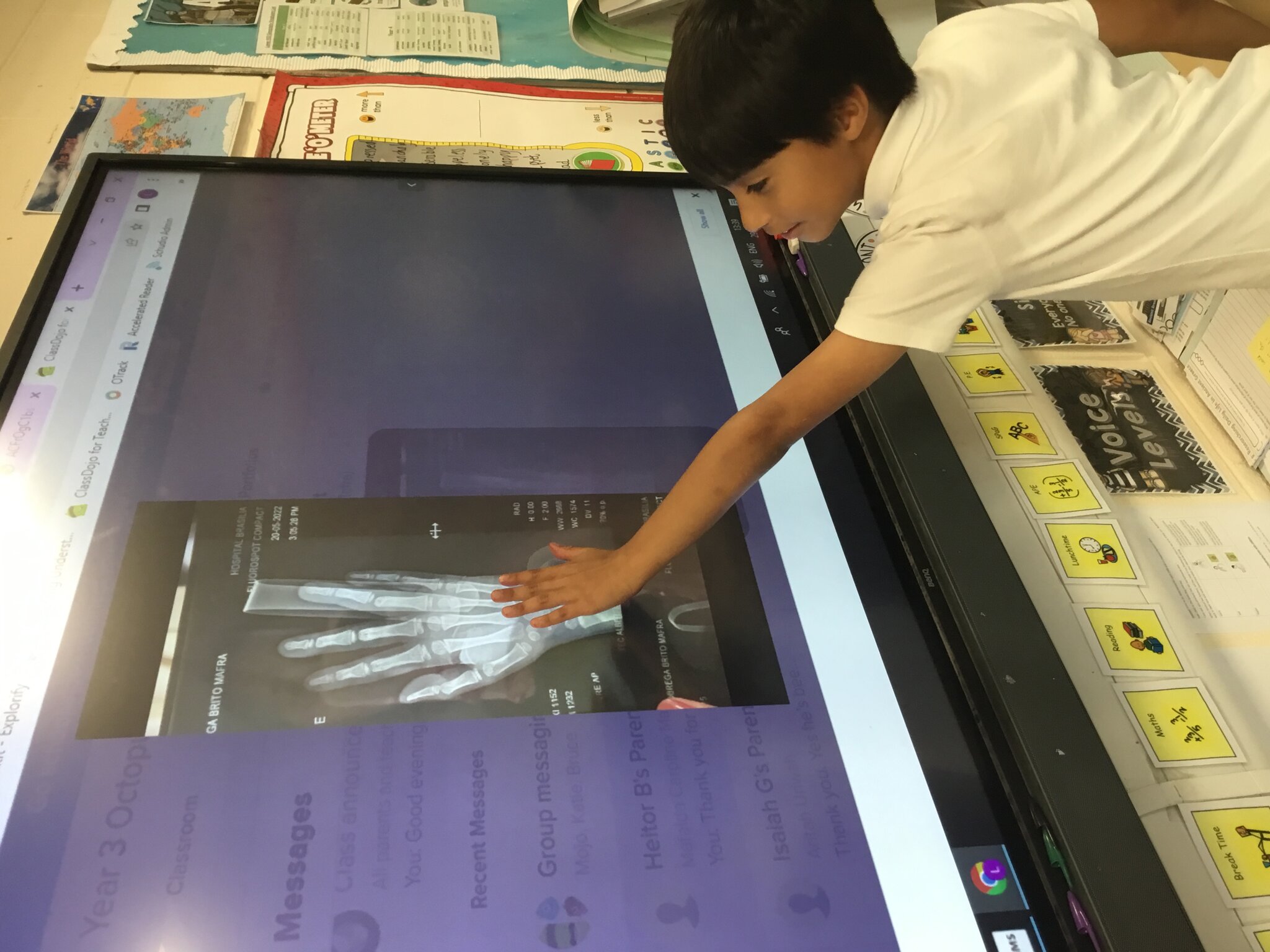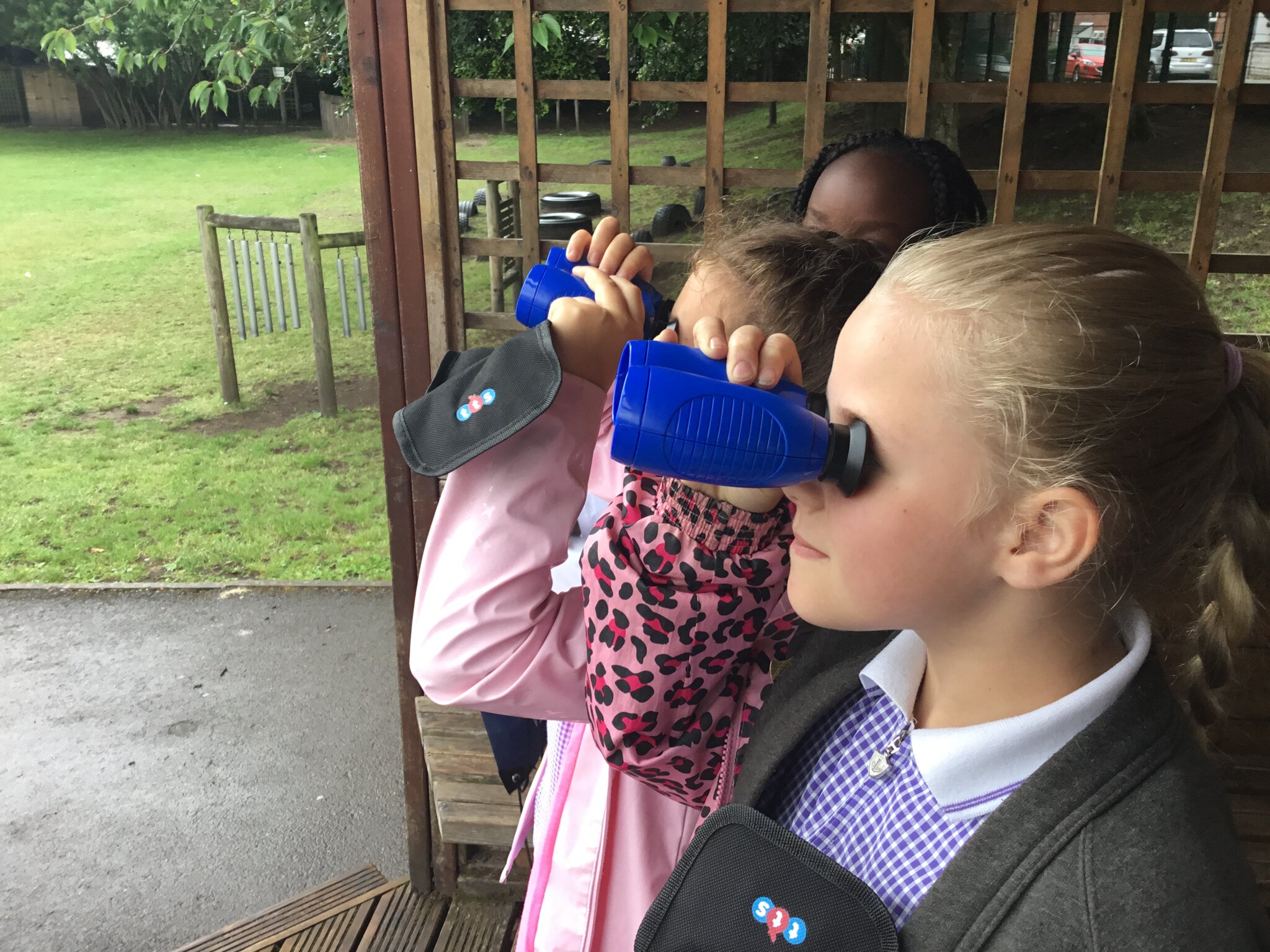Science at Boarshaw Primay
At Boarshaw Community Primary School we value Science because it makes an increasingly important contribution to all aspects of life. We aim to nurture each child’s natural curiosity about their environment on a personal, national and global level. We believe that Science makes a valuable contribution to a child’s knowledge and understanding of their world. We explore the wonder around science and the children are free to ask and answer questions related to the topic they are covering.
Our Science Vision

Intent
The 2014 national curriculum for science aims to ensure that all pupils:
● develop scientific knowledge and conceptual understanding through the specific disciplines of biology, chemistry and physics
● develop understanding of the nature, processes and methods of science through different types of science enquiries that help them to answer scientific questions about the world around them
● are equipped with the scientific skills required to understand the uses and implications of science, today and for the future. We understand that it is important for lessons to have a skills-based focus, and that the knowledge can be taught through this.
At Boarshaw Primary, we encourage children to be inquisitive throughout their time at the school and beyond. We want our children to see science all around them and to also see themselves as scientists. We aim for our children to see science in every part of their lives. We want them to see themselves as successful scientists. The Science curriculum fosters a healthy curiosity in children about our universe and promotes respect for the living and non-living. We believe science encompasses the acquisition of knowledge, concepts, skills and positive attitudes. Throughout the programmes of study, the children will acquire and develop the key knowledge that has been identified within each unit and across each year group. The key knowledge identified by each year group is informed by the national curriculum and builds towards securing this key knowledge in accordance with NC expectations. Key skills are also mapped for each year group and are progressive throughout the school. We build on previous knowledge, skills and understanding through the use of Flashback in Science which is spiral in its nature. Reviewing previous learning allows children to embed their knowledge and retain information to prepare them for further and new learning. These too ensure systematic progression to identified skills which are in accordance with the Working Scientifically skills expectations of the national curriculum. The curriculum is designed to ensure that children are able to acquire key scientific knowledge through practical experiences; using equipment, conducting experiments, building arguments and explaining concepts confidently. The school’s approach to science takes account of the children who go beyond their year group expectations and can demonstrate their deeper thinking in a variety of ways. Children are encouraged to ask questions and be curious about their surroundings and a love of science is nurtured through a whole school ethos and a varied science curriculum. Our use of formative assessment to capture children’s thoughts and understanding allows inclusion and gives every child a voice. This allows all children to be a scientist.
School Policy
Have a look at our science policy to find out more about how we teach science within our school.

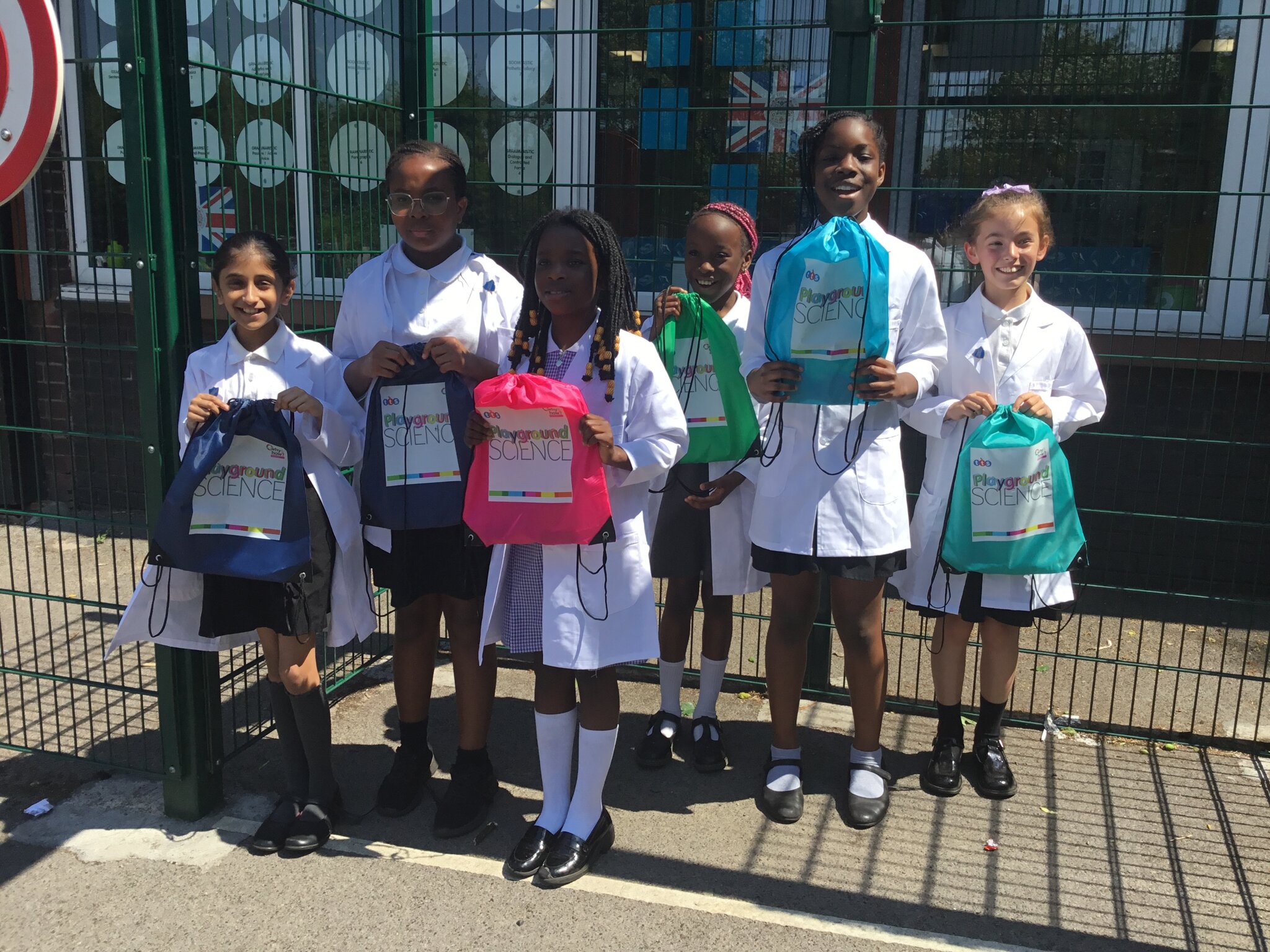
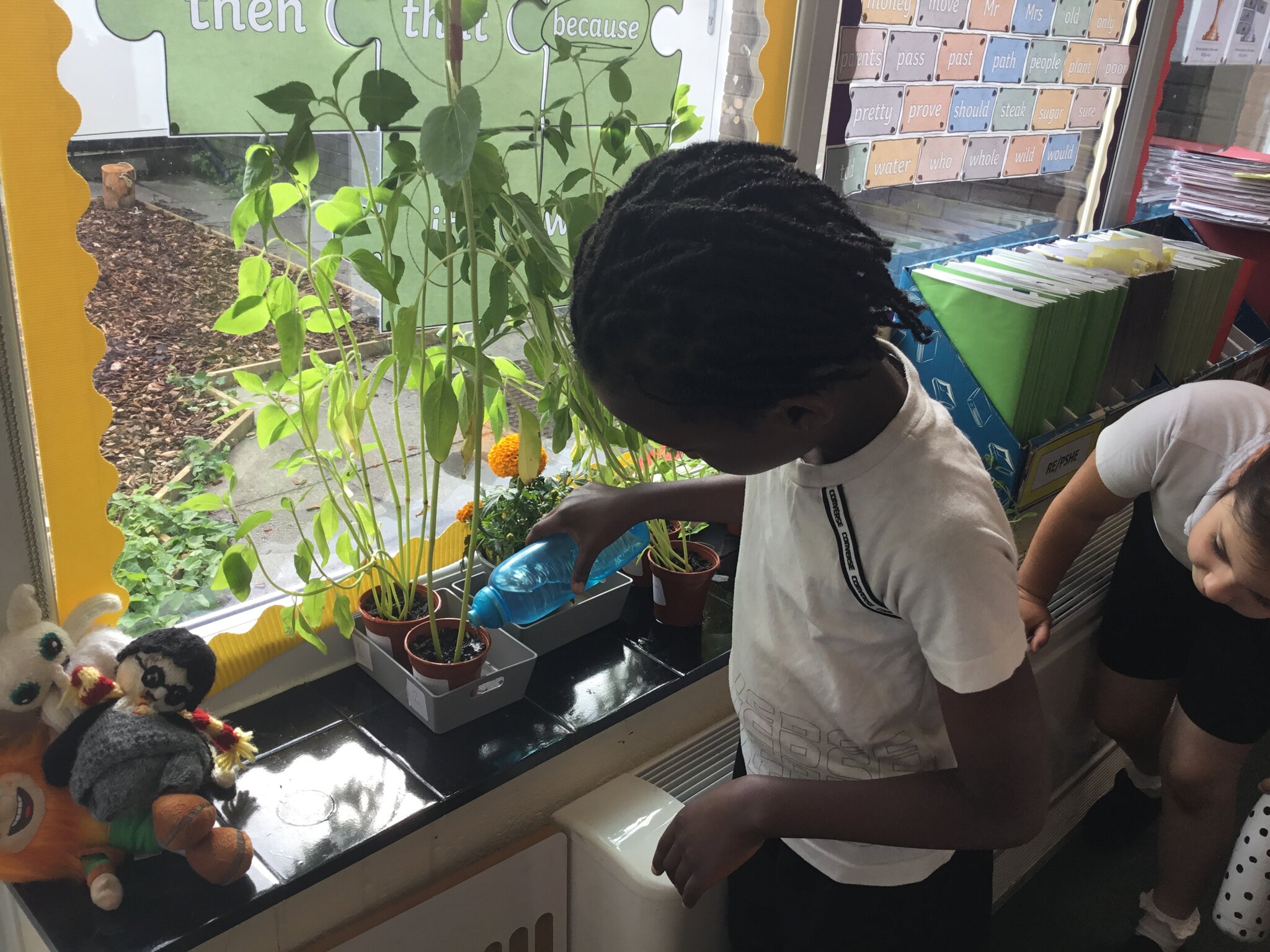
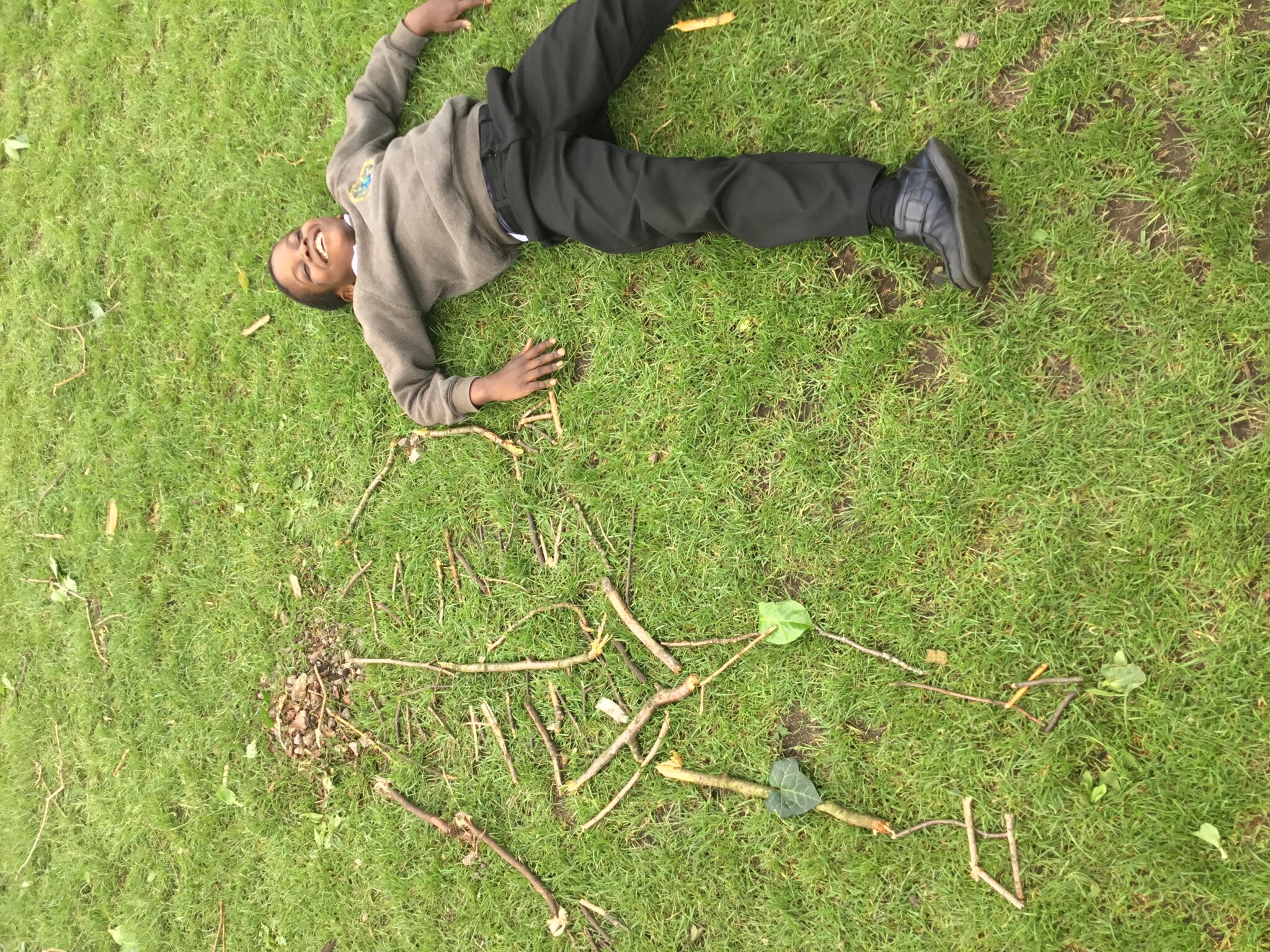
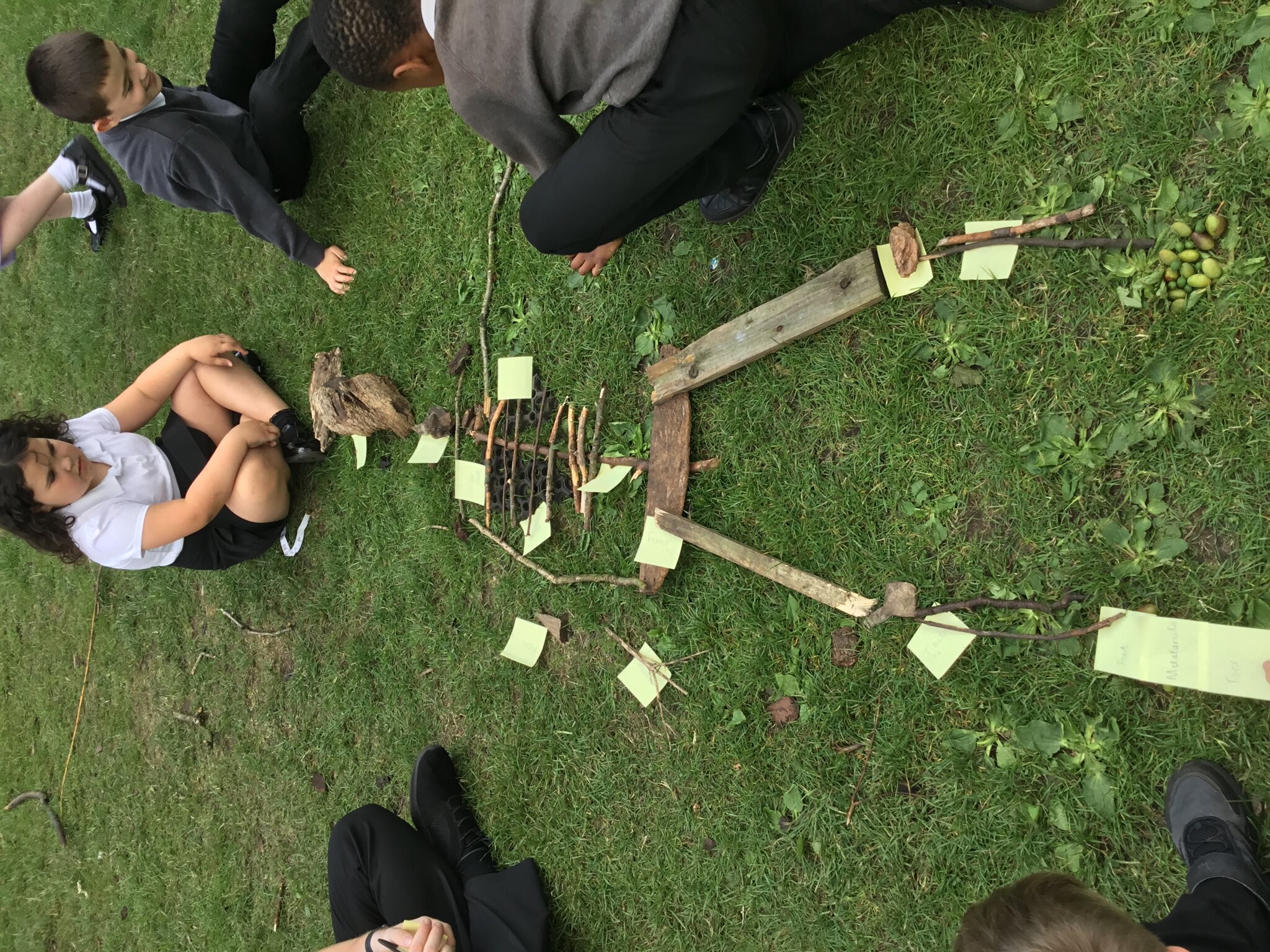
Science Events
This year we celebrated British Science Week in school. The children carried out investigations in class and then exhibited their work for the rest of the school to see. We held a Science Selfie Competition to celebrate the fact that We are All Scientists. We want the children to all see themselves as scientists in school and in their everyday life.
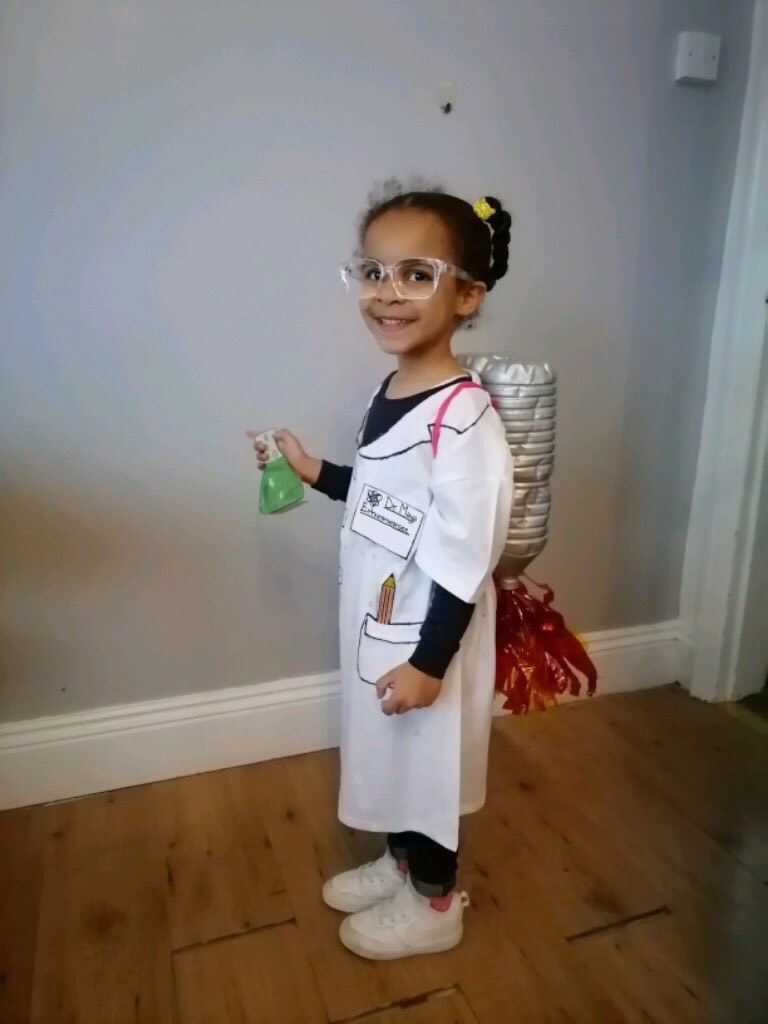
Science Investigations!
Pupils are encouraged to engage in a science investigation and enquiry type investiagtions regularly allowing pupils to work in groups to generate predictions, carry out their investigation and analyse their results toreport their findings.
Science at Home!
Why not try some of these Science at Home activities. Send in any photographs to your class teacher via Class Dojo:
World Oceans
Sports Day
Clean Air Day
Why not try playing some science games at home and testing your science knowledge?
Primary Games
BBC Schools Science
CrickWeb
Programmes of Study
Key stage 1 programme of study - years 1 and 2
Working scientifically
During years 1 and 2, pupils should be taught to use the following practical scientific methods, processes and skills through the teaching of the programme of study content:
-
asking simple questions and recognising that they can be answered in different ways
-
observing closely, using simple equipment
-
performing simple tests
-
identifying and classifying
-
using their observations and ideas to suggest answers to questions
-
gathering and recording data to help in answering questions
Year 1 programme of study
Plants
Pupils should be taught to:
-
identify and name a variety of common wild and garden plants, including deciduous and evergreen trees
-
identify and describe the basic structure of a variety of common flowering plants, including trees
Animals, including humans
Pupils should be taught to:
-
identify and name a variety of common animals including fish, amphibians, reptiles, birds and mammals
-
identify and name a variety of common animals that are carnivores, herbivores and omnivores
-
describe and compare the structure of a variety of common animals (fish, amphibians, reptiles, birds and mammals including pets)
-
identify, name, draw and label the basic parts of the human body and say which part of the body is associated with each sense
Everyday materials
Pupils should be taught to:
-
distinguish between an object and the material from which it is made
-
identify and name a variety of everyday materials, including wood, plastic, glass, metal, water, and rock
-
describe the simple physical properties of a variety of everyday materials
-
compare and group together a variety of everyday materials on the basis of their simple physical properties
Seasonal changes
Pupils should be taught to:
-
observe changes across the 4 seasons
-
observe and describe weather associated with the seasons and how day length varies
Year 2 programme of study
Living things and their habitats
Pupils should be taught to:
-
explore and compare the differences between things that are living, dead, and things that have never been alive
-
identify that most living things live in habitats to which they are suited and describe how different habitats provide for the basic needs of different kinds of animals and plants, and how they depend on each other
-
identify and name a variety of plants and animals in their habitats, including microhabitats
-
describe how animals obtain their food from plants and other animals, using the idea of a simple food chain, and identify and name different sources of food
Plants
Pupils should be taught to:
-
observe and describe how seeds and bulbs grow into mature plants
-
find out and describe how plants need water, light and a suitable temperature to grow and stay healthy
Animals, including humans
Pupils should be taught to:
-
notice that animals, including humans, have offspring which grow into adults
-
find out about and describe the basic needs of animals, including humans, for survival (water, food and air)
-
describe the importance for humans of exercise, eating the right amounts of different types of food, and hygiene
Uses of everyday materials
Pupils should be taught to:
-
identify and compare the suitability of a variety of everyday materials, including wood, metal, plastic, glass, brick, rock, paper and cardboard for particular uses
-
find out how the shapes of solid objects made from some materials can be changed by squashing, bending, twisting and stretching
Lower key stage 2 programme of study
Working scientifically
During years 3 and 4, pupils should be taught to use the following practical scientific methods, processes and skills through the teaching of the programme of study content:
-
asking relevant questions and using different types of scientific enquiries to answer them
-
setting up simple practical enquiries, comparative and fair tests
-
making systematic and careful observations and, where appropriate, taking accurate measurements using standard units, using a range of equipment, including thermometers and data loggers
-
gathering, recording, classifying and presenting data in a variety of ways to help in answering questions
-
recording findings using simple scientific language, drawings, labelled diagrams, keys, bar charts, and tables
-
reporting on findings from enquiries, including oral and written explanations, displays or presentations of results and conclusions
-
using results to draw simple conclusions, make predictions for new values, suggest improvements and raise further questions
-
identifying differences, similarities or changes related to simple scientific ideas and processes
-
using straightforward scientific evidence to answer questions or to support their findings.
Year 3 programme of study
Plants
Pupils should be taught to:
-
identify and describe the functions of different parts of flowering plants: roots, stem/trunk, leaves and flowers
-
explore the requirements of plants for life and growth (air, light, water, nutrients from soil, and room to grow) and how they vary from plant to plant
-
investigate the way in which water is transported within plants
-
explore the part that flowers play in the life cycle of flowering plants, including pollination, seed formation and seed dispersal
Animals, including humans
Pupils should be taught to:
-
identify that animals, including humans, need the right types and amount of nutrition, and that they cannot make their own food; they get nutrition from what they eat
-
identify that humans and some other animals have skeletons and muscles for support, protection and movement
Rocks
Pupils should be taught to:
-
compare and group together different kinds of rocks on the basis of their appearance and simple physical properties
-
describe in simple terms how fossils are formed when things that have lived are trapped within rock
-
recognise that soils are made from rocks and organic matter
Light
Pupils should be taught to:
-
recognise that they need light in order to see things and that dark is the absence of light
-
notice that light is reflected from surfaces
-
recognise that light from the sun can be dangerous and that there are ways to protect their eyes
-
recognise that shadows are formed when the light from a light source is blocked by an opaque object
-
find patterns in the way that the size of shadows change
Forces and magnets
-
compare how things move on different surfaces
-
notice that some forces need contact between 2 objects, but magnetic forces can act at a distance
-
observe how magnets attract or repel each other and attract some materials and not others
-
compare and group together a variety of everyday materials on the basis of whether they are attracted to a magnet, and identify some magnetic materials
-
describe magnets as having 2 poles
-
predict whether 2 magnets will attract or repel each other, depending on which poles are facing
Year 4 programme of study
Living things and their habitats
Pupils should be taught to:
-
recognise that living things can be grouped in a variety of ways
-
explore and use classification keys to help group, identify and name a variety of living things in their local and wider environment
-
recognise that environments can change and that this can sometimes pose dangers to living things
Animals, including humans
Pupils should be taught to:
-
describe the simple functions of the basic parts of the digestive system in humans
-
identify the different types of teeth in humans and their simple functions
-
construct and interpret a variety of food chains, identifying producers, predators and prey
about the digestive system and compare them with models or images.
States of matter
Pupils should be taught to:
-
compare and group materials together, according to whether they are solids, liquids or gases
-
observe that some materials change state when they are heated or cooled, and measure or research the temperature at which this happens in degrees Celsius (°C)
-
identify the part played by evaporation and condensation in the water cycle and associate the rate of evaporation with temperature
Sound
Pupils should be taught to:
-
identify how sounds are made, associating some of them with something vibrating
-
recognise that vibrations from sounds travel through a medium to the ear
-
find patterns between the pitch of a sound and features of the object that produced it
-
find patterns between the volume of a sound and the strength of the vibrations that produced it
-
recognise that sounds get fainter as the distance from the sound source increases
Electricity
Pupils should be taught to:
-
identify common appliances that run on electricity
-
construct a simple series electrical circuit, identifying and naming its basic parts, including cells, wires, bulbs, switches and buzzers
-
identify whether or not a lamp will light in a simple series circuit, based on whether or not the lamp is part of a complete loop with a battery
-
recognise that a switch opens and closes a circuit and associate this with whether or not a lamp lights in a simple series circuit
-
recognise some common conductors and insulators, and associate metals with being good conductors
Upper key stage 2 programme of study
Working scientifically
During years 5 and 6, pupils should be taught to use the following practical scientific methods, processes and skills through the teaching of the programme of study content:
-
planning different types of scientific enquiries to answer questions, including recognising and controlling variables where necessary
-
taking measurements, using a range of scientific equipment, with increasing accuracy and precision, taking repeat readings when appropriate
-
recording data and results of increasing complexity using scientific diagrams and labels, classification keys, tables, scatter graphs, bar and line graphs
-
using test results to make predictions to set up further comparative and fair tests
-
reporting and presenting findings from enquiries, including conclusions, causal relationships and explanations of and a degree of trust in results, in oral and written forms such as displays and other presentations
-
identifying scientific evidence that has been used to support or refute ideas or arguments
Year 5 programme of study
Living things and their habitats
Pupils should be taught to:
-
describe the differences in the life cycles of a mammal, an amphibian, an insect and a bird
-
describe the life process of reproduction in some plants and animals
Properties and changes of materials
Pupils should be taught to:
-
compare and group together everyday materials on the basis of their properties, including their hardness, solubility, transparency, conductivity (electrical and thermal), and response to magnets
-
know that some materials will dissolve in liquid to form a solution, and describe how to recover a substance from a solution
-
use knowledge of solids, liquids and gases to decide how mixtures might be separated, including through filtering, sieving and evaporating
-
give reasons, based on evidence from comparative and fair tests, for the particular uses of everyday materials, including metals, wood and plastic
-
demonstrate that dissolving, mixing and changes of state are reversible changes
-
explain that some changes result in the formation of new materials, and that this kind of change is not usually reversible, including changes associated with burning and the action of acid on bicarbonate of soda
Earth and space
Pupils should be taught to:
-
describe the movement of the Earth and other planets relative to the sun in the solar system
-
describe the movement of the moon relative to the Earth
-
describe the sun, Earth and moon as approximately spherical bodies
-
use the idea of the Earth’s rotation to explain day and night and the apparent movement of the sun across the sky
Forces
Pupils should be taught to:
-
explain that unsupported objects fall towards the Earth because of the force of gravity acting between the Earth and the falling object
-
identify the effects of air resistance, water resistance and friction, that act between moving surfaces
-
recognise that some mechanisms including levers, pulleys and gears allow a smaller force to have a greater effect
Year 6 programme of study
Living things and their habitats
Pupils should be taught to:
-
describe how living things are classified into broad groups according to common observable characteristics and based on similarities and differences, including micro-organisms, plants and animals
-
give reasons for classifying plants and animals based on specific characteristics
Animals including humans
Pupils should be taught to:
-
identify and name the main parts of the human circulatory system, and describe the functions of the heart, blood vessels and blood
-
recognise the impact of diet, exercise, drugs and lifestyle on the way their bodies function
-
describe the ways in which nutrients and water are transported within animals, including humans
Evolution and inheritance
Pupils should be taught to:
-
recognise that living things have changed over time and that fossils provide information about living things that inhabited the Earth millions of years ago
-
recognise that living things produce offspring of the same kind, but normally offspring vary and are not identical to their parents
-
identify how animals and plants are adapted to suit their environment in different ways and that adaptation may lead to evolution
Light
Pupils should be taught to:
-
recognise that light appears to travel in straight lines
-
use the idea that light travels in straight lines to explain that objects are seen because they give out or reflect light into the eye
-
explain that we see things because light travels from light sources to our eyes or from light sources to objects and then to our eyes
-
use the idea that light travels in straight lines to explain why shadows have the same shape as the objects that cast them
Electricity
Pupils should be taught to:
-
associate the brightness of a lamp or the volume of a buzzer with the number and voltage of cells used in the circuit
-
compare and give reasons for variations in how components function, including the brightness of bulbs, the loudness of buzzers and the on/off position of switches
-
use recognised symbols when representing a simple circuit in a diagram
